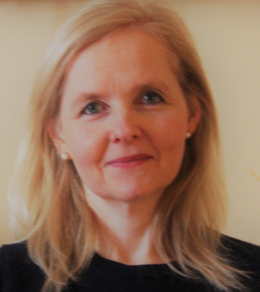Dozens of school officials from around Washington gathered in Yakima to discuss the merits and challenges of modified calendars on Wednesday and Thursday at the Yakima Convention Center.
In a keynote speech Thursday morning, Washington State Superintendent of Public Instruction Chris Reykdal discussed how the traditional school calendar can fall short of supporting students.
Students come back from long summer breaks having forgotten material from the previous year. Teachers spend the next few weeks playing catch-up. During the long summer, mental health and nutrition resources might also be unavailable to students, he said.
Modified or balanced calendars vary in their details, but generally attempt to spread out instruction more evenly over the whole year, with shorter summers and more frequent breaks. Proponents argue that modified calendars reduce learning loss, educator burnout and the achievement gap between low- and high-income students.
When he took office in 2017, Reykdal knew of other places where modified calendars were in use and was interested in exploring the option in Washington. Last school year, districts could apply for up to $75,000 each in grant money to explore balanced calendars.
Highland, Toppenish, Yakima, Mt. Adams, Selah and Union Gap school districts received varying amounts of this grant money.
When the Yakima school board reviewed the 2022-23 school year calendar, conflicts arose. School board members pressed for more changes to the proposed calendar, which was nearly identical to the year before. But students and other community members were concerned that a shorter summer break would impact summer jobs and impose more changes after the tumultuous pandemic years. The board ultimately adopted a calendar similar to the one used in the 2021-22 school year.
Reykdal said OSPI presents the balanced calendar research and possibilities, but it is up to school districts to determine whether changes would be a good fit in their communities.
“We put the policy expectations in place, and we put some money in place, and we let districts do all that local engagement,” he said.
He said OSPI will never require districts to adopt balanced calendars, but there is a lot of interest. Smaller districts have been among the first to give it a try.
“For now, we need early innovators to show that it’s possible anywhere,” he said. “It’s starting kind of rural. It’s interesting how it’s starting in places that I think see the most acute impacts of a long summer break.”
‘The talk of the state’: Yakima Valley school districts try out balanced calendars
The Union Gap School District adopted a balanced calendar this school year with a start date in early August, an end date in mid-June and intersession weeks throughout the year. Toppenish and Highland school districts are in their second years of modified calendar schedules.
Highland Superintendent Mark Anderson was at the conference, which was hosted by Education Service District 105.
Anderson said that a lot of the discussion at the conference reaffirmed the work his district has been doing. During intersession weeks, students can choose to come to school and work on credit retrieval or take classes in subjects like financial literacy, job skills and music history.
The district has also run into some challenges. Finding the budget for transportation and food services can be difficult since the current funding model only covers 180 days of school, which would exclude intersessions.
Highland has hosted visits from other school districts interested in a modified calendar. Anderson estimated school officials from 15 districts visited last school year.















